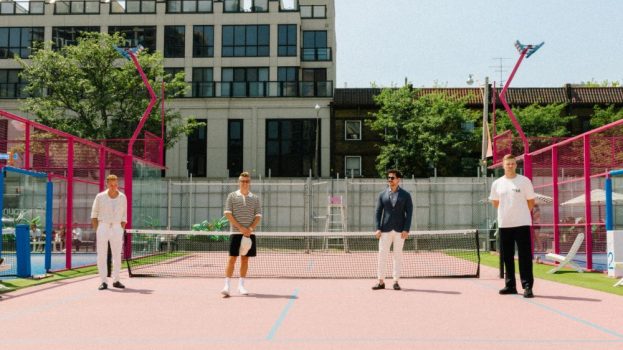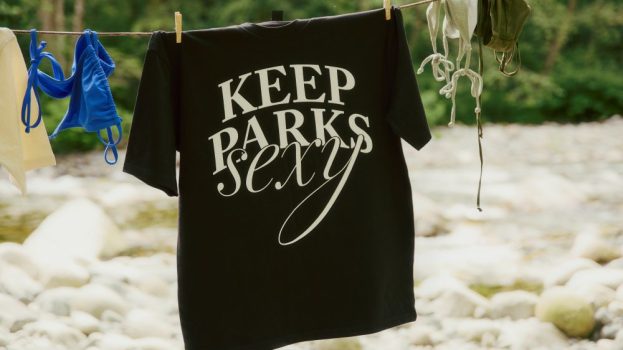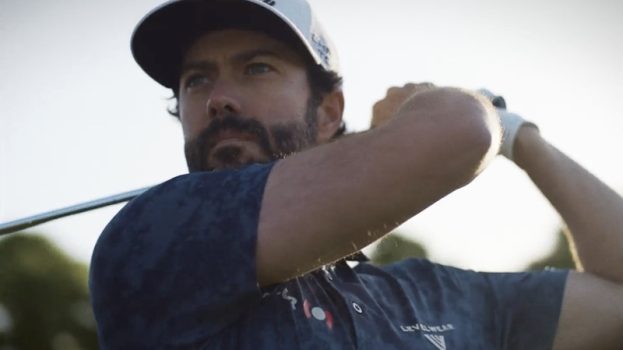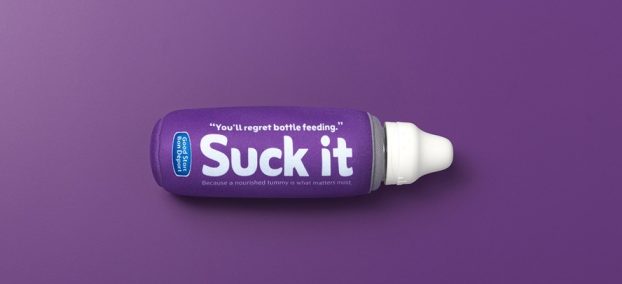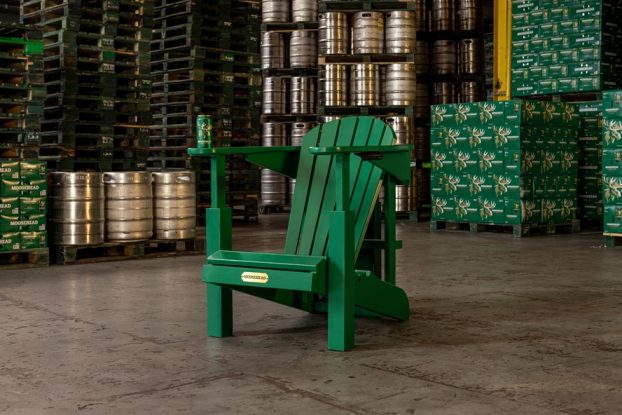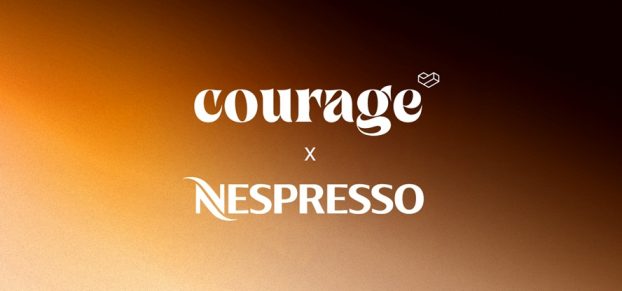What does facial tissue have to do with interior design?
More than you might think. So Toronto-based brand consultancy Strategies International discovered a few years ago, when it was assigned the task of rejuvenating Scott Paper’s Scotties brand of tissues.
A number of factors were found to be responsible for the brand’s decline in sales. Among them: outdated box designs.
In its preliminary round of research, Strategies International learned something interesting: Canadians view a box of facial tissue as more than just a necessity; they consider it a decorative accent.
To pull off a successful packaging redesign, then, the firm needed to know more about current trends in home decor, and how Scotties might adapt itself to these. So an interior designer was hired to match design prototypes with different room settings.
But would these designs fly with consumers?
That’s the question, obviously, that comes up in the course of every package design project. The client and the design team may believe wholeheartedly in the concept they’ve laboured long and hard to produce – but in the end, the only way to evaluate accurately its potential effectiveness is to place it in front of consumers, and see how they react.
‘You’re not designing for yourself,’ explains Greg Bérubé, vice-president of Strategies International. ‘You’re designing for the 40-year-old housewife in Timmins.’
Testing a design with consumers, and then tweaking it on the basis of their feedback, can spell the difference between a good design and a great one, Bérubé says. In the case of the Scotties brand, a series of mall intercepts led to the development of some 14 different designer packages – some bold, some pastel.
While focus groups remain the number one methodology for assessing design concepts, Bérubé says the best way to determine whether a package will actually jump off the shelf is to put it under the nose of a potential consumer, out in the retail environment. Hence the utility of mall intercepts.
Focus group research can help set a direction, he says – but one can only take the findings so far. ‘The big question is: Do we trust the consumer?’
Several years ago, for example, Strategies International worked on the package design for a condom brand that was to be marketed to female consumers. (Research shows that two-thirds of condom buyers are women.) Focus group findings suggested that traditional condom packaging was too ‘macho’ to appeal to this brand’s target, so the firm opted for a design more in keeping with cosmetic products: soft and pastel. In mall intercept testing, however, consumers said they found that concept too sterile, likening it to the sort of packaging usually seen in the feminine hygiene category. ‘It didn’t [communicate] the fun aspect of what the product would deliver,’ Bérubé says.
The amount of research done on a new package design will depend on the product category and the stature of the brand in question, says Jean-Pierre Lacroix, president of Shikatani Lacroix Design in Toronto.
In the typical scenario, the first step is for the design firm to meet with the client and begin fact-finding. ‘We establish what the key brand credentials are,’ he says.
From there, Shikatani Lacroix establishes what it calls ‘brackets’ – in essence, a hierarchy of communication that ranks each design element in order of importance.
Three concepts are examined closely. First, what is the core essence of the brand, and how is that communicated on the package? Second, what are the brand’s ‘enhancers’ – those secondary traits that the client feels are strategically important to add to the package? Third, what are the ‘detractors’ – those elements that appear on the package for no apparent strategic reason? (Detractors ‘get in the way of communicating the core essence and the enhancers,’ Lacroix says.)
The firm went through this exercise when it revamped the Tetley Tea package several years ago.
The old design was a jumble of images, Lacroix says: a wooden table, a carnation, some cookies, and a teapot with a cup and saucer. It wasn’t clear – even to the client – what the core elements were.
Research, however, suggested that Tetley ‘owned’ the colour blue. So Shikatani Lacroix developed a new design in which blue predominated. The firm also maintained the cup and saucer imagery, to emphasize tradition, but eliminated such detractors as the carnation and the cookies.
Technology plays a growing role in the evaluation of package design concepts, Lacroix notes. For some time now, designers have been using computers to produce simulations of store shelves, in order to show consumers how new packaging will appear in its natural habitat. And eye-tracking technology is expected to gain increasing popularity in the next few years.
Shikatani Lacroix, for example, employed this technology last year while working on a redesign of the Sobeys private label brand. Consumers wore a special pair of glasses outfitted with a fibre optic camera that tracked precisely their eye movements as they looked at new design concepts.
‘This is pure consumer behaviour research,’ says Allan Driedger, director of marketing for VisionTrack, a Toronto-based company that employs eye-tracking technology for consumer research on behalf of clients such as Warner-Lambert Canada and Lever Pond’s. ‘It’s very scientific and, when you compare it to other types of research, much more powerful.’
The technology, he notes, is the same used by NASA and the U.S. Air Force for purposes such as cockpit design.
VisionTrack recruits its research participants through mall intercepts. The consumer wears a headset equipped with two of the tiny cameras, and proceeds through a simulated shopping exercise, standing behind a shopping cart and gazing at a screen. ‘When they come to the slide we’re interested in, we can determine where they look, how often and how long,’ Driedger says.
While many package designers and their clients embrace such high-tech research techniques, not everybody’s sold on them.
Package design isn’t just about the kind of shelf impact measured by methodologies such as eye-tracking, says Paul Browning, creative director with Toronto-based Karo. It’s also about the intangibles of brand personality and identity.
All the research in the world can be devoted to packaging, Browning says. But the design exercise still has to leave room for intuition. ‘It’s about instinct and process,’ he says.
Also in this report:
– Sunrise cleans up with new tofu packaging p.32
– Out with the old, in with the new: Clearly Canadian dispenses with familiar look in effort to regain lost ground p.33
– Less really is more: When it comes to attracting the time-starved consumer, the simpler the design, the better p.34




